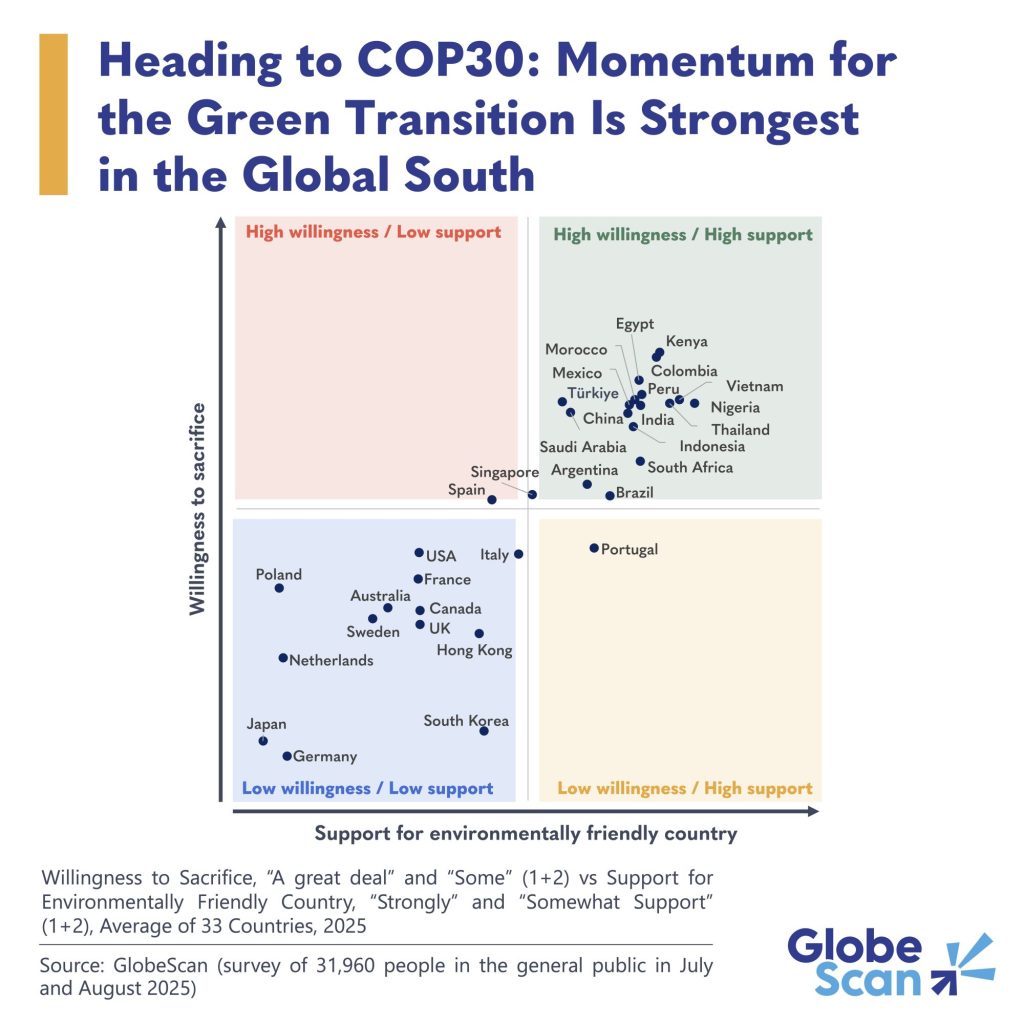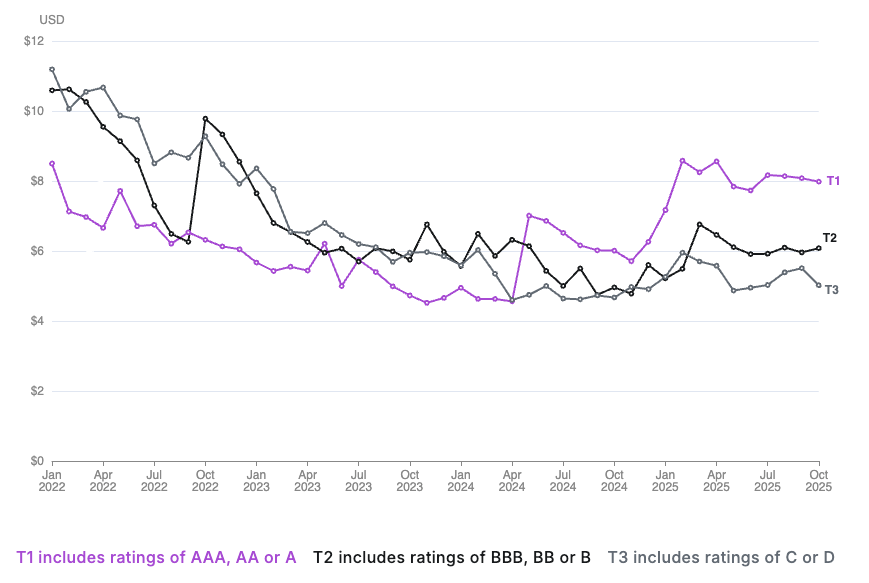The opinions expressed here by Trellis expert contributors are their own, not those of Trellis.
The Science Based Targets initiative (SBTi) just opened a new consultation round on its latest Corporate Net-Zero Standard draft, the long-awaited update to its first-of-a-kind 2021 standard, expected for final publication in 2026. Meanwhile, the International Organization for Standardization (ISO) working group is deep in negotiations on its Net Zero Transition Plan standard, part of one of the largest multilateral consensus processes in the international standards system. That draft is expected to go to global public consultation early in the new year.
Having spent many months toiling over both as a member of both expert working groups, I’ve learned they play distinct but complementary roles in global climate governance. SBTi provides technical precision on how companies should interpret science-based pathways. ISO offers a broader, international framework that guides how organizations plan and deliver net zero in diverse contexts.
Over the coming public consultations, LinkedIn will surely light up with explainers dissecting the technical details of these two tools for setting companies on a path to net zero. Yet the most important and overlooked aspect of both standards is not what they say — it’s how they’re made.
The inner workings of standards
While it may be hard to believe given the polarization across the globe, I’ve had a front-row seat to the extraordinary democratic efforts behind each of these drafts. SBTi staff, for example, process 70 days worth of reading in comments they receive each time they run a consultation. ISO, for its part, convenes hundreds of national representatives from industry, civil society and science across its 170-plus member countries debating in real time, online and in person, to build true global consensus.
Voluntary initiatives like SBTi can move fast, with full-time staff dedicated to research, review of latest science, piloting and probing of new technical solutions to advance at the ”frontier of good practice.” ISO develops globally legitimate, auditable frameworks that can be used by governments and organizations and understood as widely accepted “common international good practice.” Both engage in broad engagement with thousands of voices across geographies, supply chains, finance and civil society, solving interpretive challenges that no single government or company could address alone.
Recent years of experimentation with corporate net-zero strategies have sharpened the focus on practical implementability. Revising standards to reflect real-world constraints, while remaining true to the science of our dwindling carbon budget, requires delicate navigation of cost burdens, competitiveness, fairness and innovation.
Hot-takes coming over the next few weeks will likely focus on trade-offs such as:
- How to manage Scope 3 emissions robustly without spreading companies too thin
- How carbon credits can be credibly used or how durable removals neutralize residual emissions
- How quickly sectors across geographies must decarbonize given varied capabilities and responsibilities
These are emotional issues, and rightly so. They touch livelihoods, investment and visions of fairness. And yet, both standards are advancing through compromise grounded in broad consultation.
Whether we like every clause that lands in the drafts, we should appreciate the intention and expertise that shaped them. At a tenuous moment for representative democracy across the world, i’s powerful to witness intensive and inclusive governance in action.
A democratic process
Standards aren’t just climate action playbooks; if done correctly, they’re living examples of deliberative democracy.
This matters. Without climate standards backed by good governance, we drift toward fragmentation such as:
- Every company inventing its own definition of “net zero”
- Powerful sectors writing rules that serve only themselves
- Confusion and non-comparability for investors, civil society and regulators
That path leads us away from fair, green competition and into climate chaos, a world where companies deplete shared resources and pollute shared skies without guardrails. Good standards provide a path through the chaos, built on argument, evidence and collective decision-making.
Of course, no governance system is perfect. Who is in the room, how evidence is weighed and when consensus is required are all tough choices in themselves that introduce real trade-offs. And voluntary standards cannot replace public policy. We still need enforcement and widespread adoption.
But the upcoming standards will emerge from consultation with thousands of stakeholders. That legitimacy is worth defending.
So as consultation season kicks off, I have one call to action: participate vigorously and generously. Offer critiques while keeping sight of the bigger picture. In addition to dissecting the standards, don’t forget to share your support for these living documents, because they’re the results of democratic exercises in progress.
Those who benefit from eroding democracy and the planet would like nothing more than to see the climate community lose faith in its own collective processes. We cannot afford that.
In classical Athens, the birthplace of Western democracy, fierce agonistic argument was encouraged before a vote. But once a decision was made, persuasion ended and compliance began as a civic commitment to one another.
As the next round of corporate net-zero standards emerges, perhaps the greatest contribution we can make is not the cleverest metric, but a renewed commitment to one another and to the output, as a result of good-faith governance.
Strong processes don’t guarantee perfect outcomes. But they do make better outcomes possible. Climate standards will never be perfect, but they keep us together, anchored to science and collective progress. At this moment, more than ever, examples of democracy in practice deserve our support.
The post An inside look at how net-zero corporate standards are made appeared first on Trellis.




